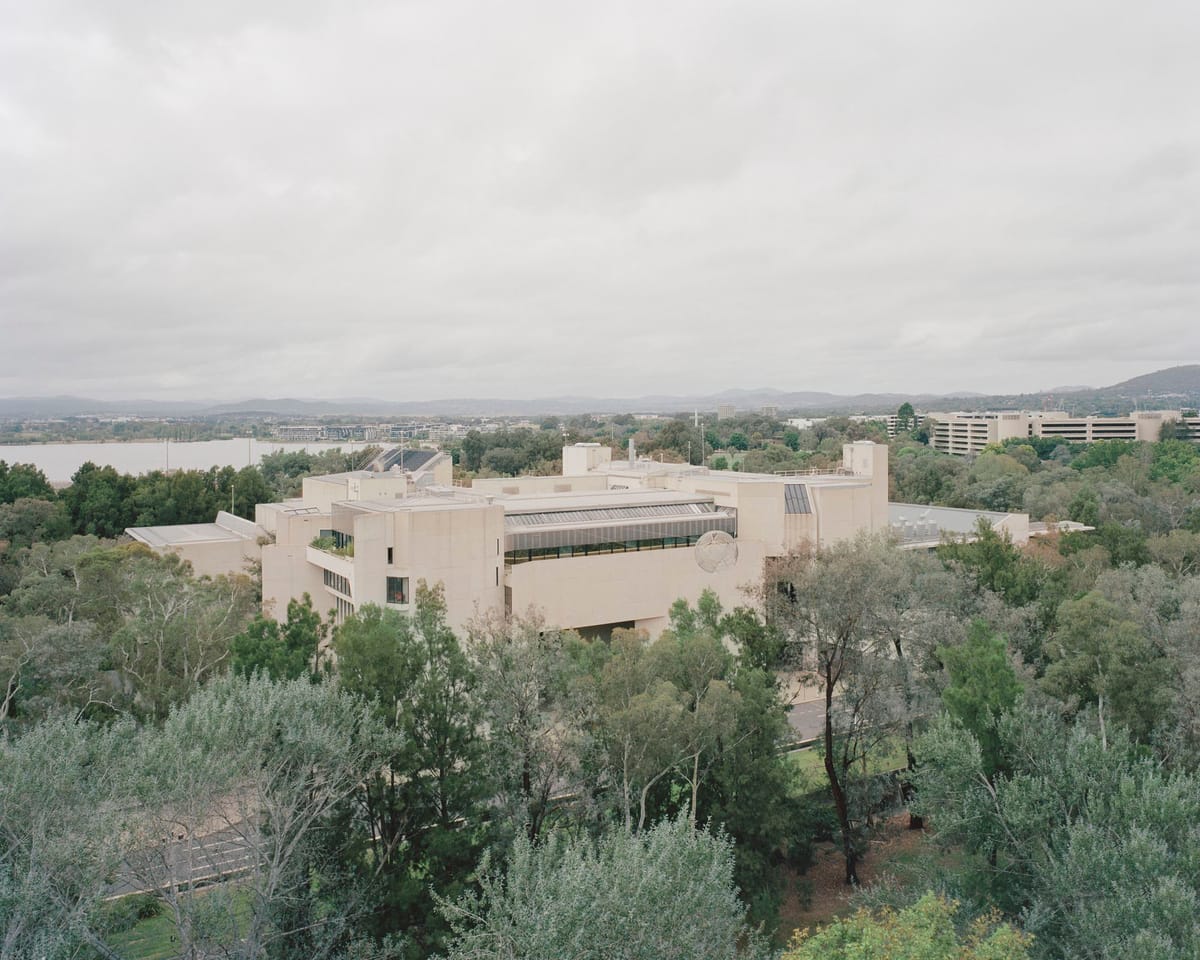News
CIMAM Denounces Australian Institutions’ Censorship of Palestine-Related Art

On May 5, the International Committee for Museums and Collections of Modern Art (CIMAM) issued a public statement, condemning the increased censorship of Palestine-related art by Australian cultural institutions. This clampdown has intensified ever since Creative Australia abruptly dropped Khaled Sabsabi—a staunch advocate for Palestinian liberation—as its national representative at the 2026 Venice Biennale, following a scathing article in The Australian newspaper about the Lebanese-born artist’s earlier works that depict a Hezbollah leader and 9/11.
Titled “Covering Dissensus: Institutional Mediation is not about Institutional Comfort” and delivered by CIMAM’s Museum Watch Committee, the statement probes “both the ethical position of museums and that of the relation between artists and institutions,” focusing on major Australian cultural establishments that have recently restricted Palestinian and pro-Palestine artists. Beyond Sabsabi’s expulsion—which has since disrupted the artist’s career, and possibly led to the “indefinite” postponement of his exhibition at the Monash University Museum of Art (Muma) in Melbourne—the Committee zeroed in on another case of censorship, this time at Canberra’s National Gallery of Australia (NGA).
In February, the NGA had asked the Pacific Indigenous art collective SaVĀge K’lub to cover two Palestinian flags on a tapestry that was displayed in the group show “Te Paepae Aora’i – Where the Gods Cannot be Fooled.” The work in question featured various Indigenous flags and social justice slogans. While the NGA vaguely cited “high risk” security concerns, SaVĀge K’lub told The Guardian that they were “absolutely horrified,” describing the directive as an act of censorship. Still, the group begrudgingly complied, stating: “We take our relationships incredibly seriously. The relationships come first, the art on the wall is a byproduct of the relationships.”
Responding to the situation, the Museum Watch Committee maintained that the collaboration between artists and museums on such delicate topics relies on clear guidelines and “an articulated position by the institution.” The Committee further expressed its dismay that, in this case, the NGA was reluctant to “defend the art, the artists, or the work they were showing,” emphasizing that “[i]nstitutional mediation is not about institutional comfort.”
The NGA had also garnered criticism from other organizations, such as the Australia Palestine Advocacy Network (APAN), which denounced the incident on social media as “part of a broader crackdown on those who stand for Palestinian rights and liberation.” The APAN further decried the NGA’s murky reasoning for concealing the Palestinian banners at the exhibition, and urged the museum to “revoke this decision, apologize to the artists and the Palestinian community, and take a stand against Israel’s genocide, illegal occupation, and apartheid.”
Annette Meier is an editorial assistant at ArtAsiaPacific.







